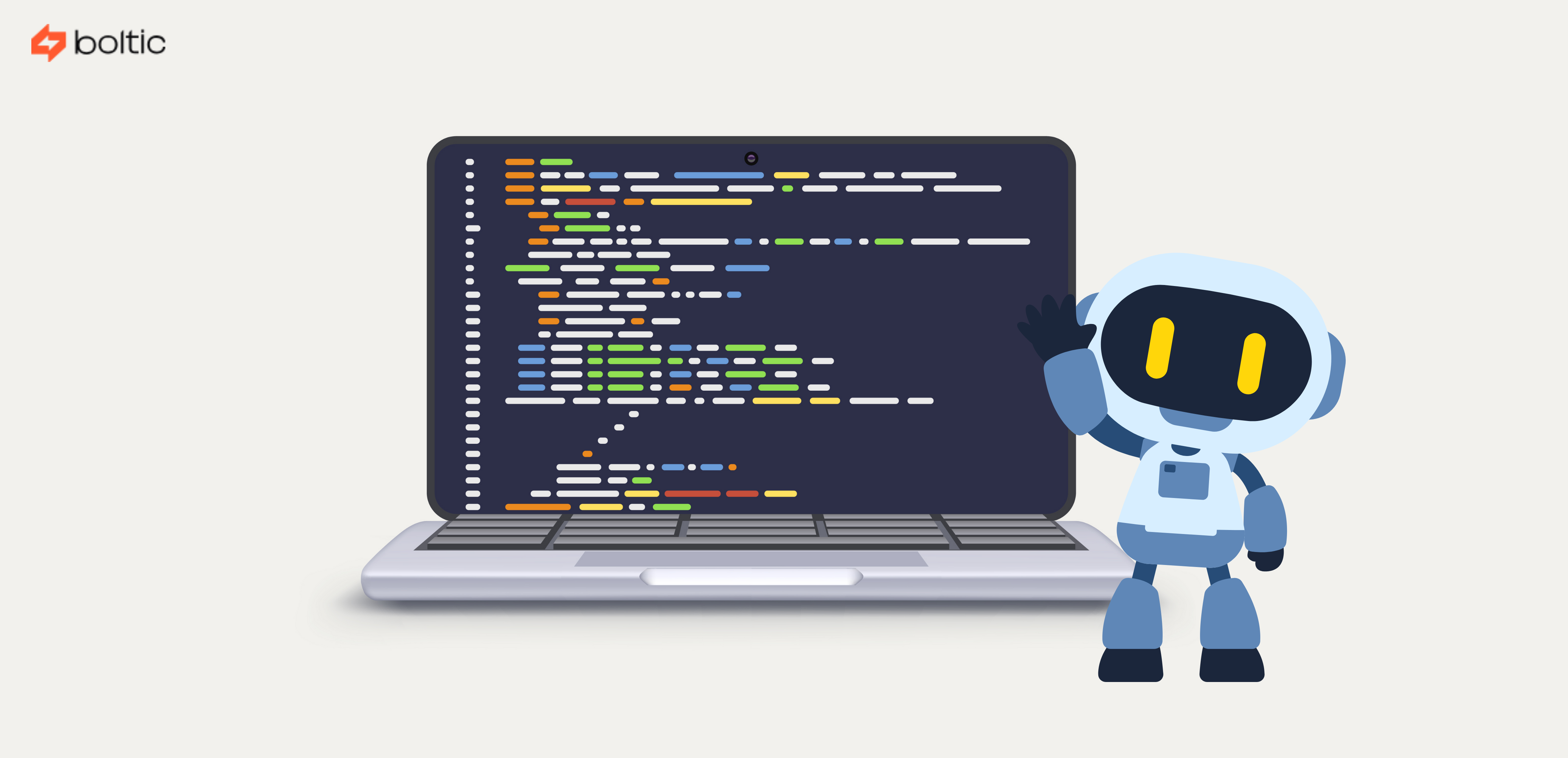Do you know how much data is created each day? We live in the digital age, with 2.5 quintillion bytes of data are generated in a day. The data we generate is supposed to help us innovate and grow our businesses, but what if it’s actually holding us back? For most companies, data isn’t the fuel that powers their growth- It’s the biggest pet-peeve because of something we are calling- data fragmentation; this is a technical way of describing that data is currently stored in disparate sources and unstructured, and resulting in a vague view of data.
Luckily there’s a way to solve this problem — Data integration!
A poor data brings poor insights, then fragmented data brings fragmented insights.
What is data integration?

In technical terms, data integration consolidates structured and unstructured data from disparate sources and provides the users with a single data set. Data integration tools is not only about the movement of data from source to destination; it also entails making the data more useable. This improves the analytics’ capabilities and allows you to understand business operations and identify new opportunities. The pain of having data in different systems and security issues. Here what we saw on Reddit.

Data integration example
Let us say there is a cosmetic company called Cosmo. Inc. The company has an app that allows users to order beauty products. Cosmo.Inc uses a wide variety of tools to run the business operations, including:
- Facebook ads to gain the attention of the new users
- Google analytics to track events on the company’s website and app
- PostgreSQL database to store users information
- Quickbooks to handle bookkeeping, sales tax, invoicing, and other accounting tasks
- Intercom for customer support
Each of these tools has its own set of data about Cosmo’s business operations. Even if this company is receiving all of the data it needs. But to achieve full data potential, this company should combine all of its data in a centralised location. And that process is known as data integration.
Data integration patterns
Data is a valuable asset for companies. But, it can sometimes be harder for you to access, organize and interpret it. When data moves across sources, it is not always in a structured format; data integration supports the alignment, transformation, and other types of data processing, usually to standardised data. Data integration patterns can be built to standardise the entire integration process, making data more usable and agnostic. There are three primary data integration patterns.

1. Data propagation:
Data propagation is the use of the application to replicate the data from one location(source) to another location(destination). It is supported by Enterprise Application Integration (EAI) and Enterprise Data Replication (EDR). EAI connects technologies for seamless data, messages, and transactions. This is commonly used for real-time business transactions. EDR sends massive amounts of data between the databases instead of applications using base triggers and logs.
2. Data consolidation:
Data consolidation refers to the process of capturing data from multiple, heterogeneous sources and integrates it in one consolidated store (e.g., data warehouse). This is typically achieved by using specialised ETL tools. However, there is no standard procedure, and it can be done in a variety of ways, such as manually or with cloud and open-source tools.
- Extract data from the multiple sources
- Transform the data to match with the business needs
- Load the transformed data to the targeted destination
3. Data virtualisation:
Data virtualisation is a pattern that creates a virtual abstract layer and brings siloed data from all types of data sources — databases, data warehouses, cloud, and even files, regardless of data formation, latency, and location and provides a unified view of that data. Unlike ETL, data virtualisation simply exposes a single view of all data in real-time without copying or moving the data. All-in-all, this pattern proves that connecting to data is far worthier than collecting it.
Reasons to choose data integration

Data integration means combining data from multiple sources to create something meaningful. The functionality of data integration goes beyond than movement of data from a source to a destination. Boltic defines it as “extracting, transforming, and distribution of data from a range of sources.” The following are the top reasons why integrating data is essential to technical and business operations:
1) Make data available & accessible for one and all
2) Reduce data complexity
3) Make data analytics-ready
4) One-Platform for all your data
5) Collaborate more
Summary
That’s the wrap for our data integration ultimate guide! We hope we have covered everything that you need to know about data integration. It goes without saying, for running analytics, detecting anomalies, and making data-driven decisions, optimising sales, reduce operational costs to increase revenue, companies should use data integration products. Data integration software users happily cross the burden of managing data that is stored in disparate data sources since this tool lets them combine, manage and understand all the data from various data sources in one single place.
drives valuable insights
Organize your big data operations with a free forever plan
An agentic platform revolutionizing workflow management and automation through AI-driven solutions. It enables seamless tool integration, real-time decision-making, and enhanced productivity
Here’s what we do in the meeting:
- Experience Boltic's features firsthand.
- Learn how to automate your data workflows.
- Get answers to your specific questions.







